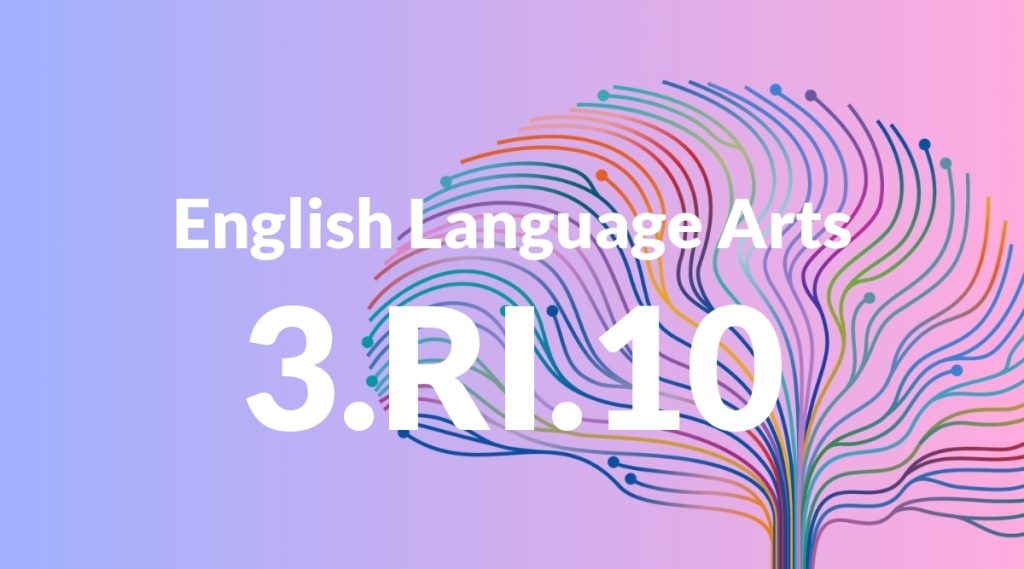Standard: 3.RI.1 – Ask and answer questions to demonstrate understanding of a text, referring explicitly to the text as the basis for the answers.
Grade level: Grade 3
Subject: English Language Arts
Domain: Reading: Informational Text
Teacher Overview
This standard emphasizes the importance of students being able to ask and answer questions about a text, using explicit references to the text itself as evidence. This skill is crucial for developing critical thinking and comprehension abilities, which are foundational for all future learning. Students should be able to identify the main idea and key details of a text, as well as have basic comprehension skills such as recalling facts and understanding simple inferences.
After mastering this standard, students will develop the ability to analyze texts more deeply, make inferences, and support their answers with specific evidence from the text. This will prepare them for more complex reading and critical thinking tasks in higher grades.
Common Misconception 1
A common misconception is that students can answer questions based on their own opinions rather than the text. This is incorrect because the standard requires answers to be grounded in the text, ensuring that students are actually comprehending and analyzing the material.
Intervention 1
To remediate this misconception, teach students to always refer back to the text to find evidence for their answers. Use guided practice and model how to find and cite specific parts of the text.
Common Misconception 2
Another common misconception is that any part of the text can be used as evidence, even if it is not relevant to the question. This is incorrect because the evidence must directly support the answer to the specific question being asked.
Intervention 2
Help students understand how to identify relevant evidence by practicing with examples and non-examples. Highlight the importance of context and specificity in their answers.
Prerequisite Knowledge
Students should be able to identify the main idea and key details of a text, as well as have basic comprehension skills such as recalling facts and understanding simple inferences.
Subsequent Knowledge
Students will develop the ability to analyze texts more deeply, make inferences, and support their answers with specific evidence from the text. This will prepare them for more complex reading and critical thinking tasks in higher grades.
Instructional Activities
- Read a short informational text and have students write down questions they have about the content.
- Pair students to ask and answer questions about a text, ensuring they cite specific parts of the text in their responses.
- Use a graphic organizer to help students identify where in the text they found the answers to specific questions.




